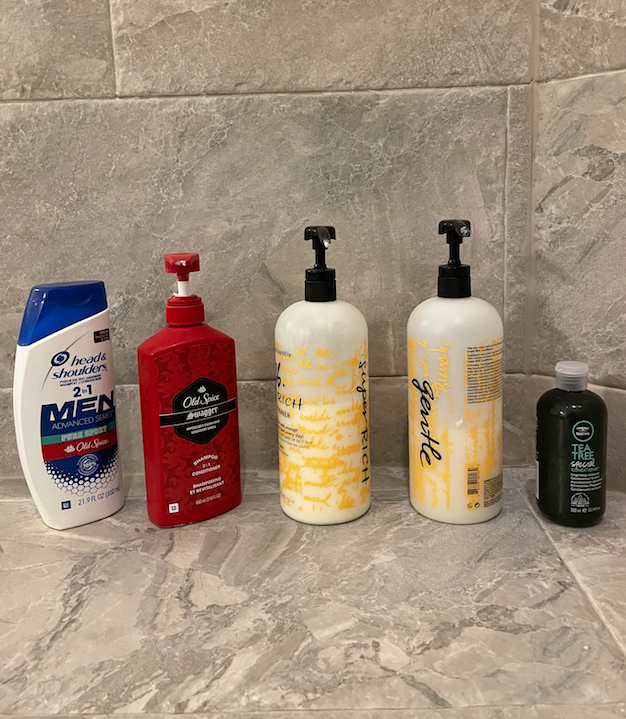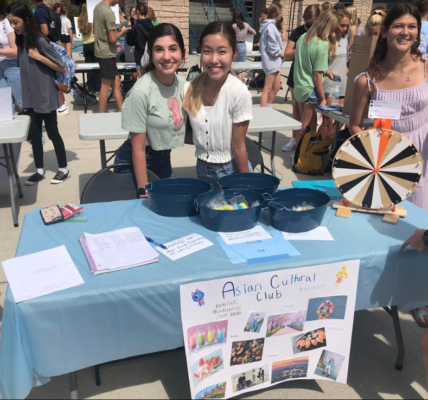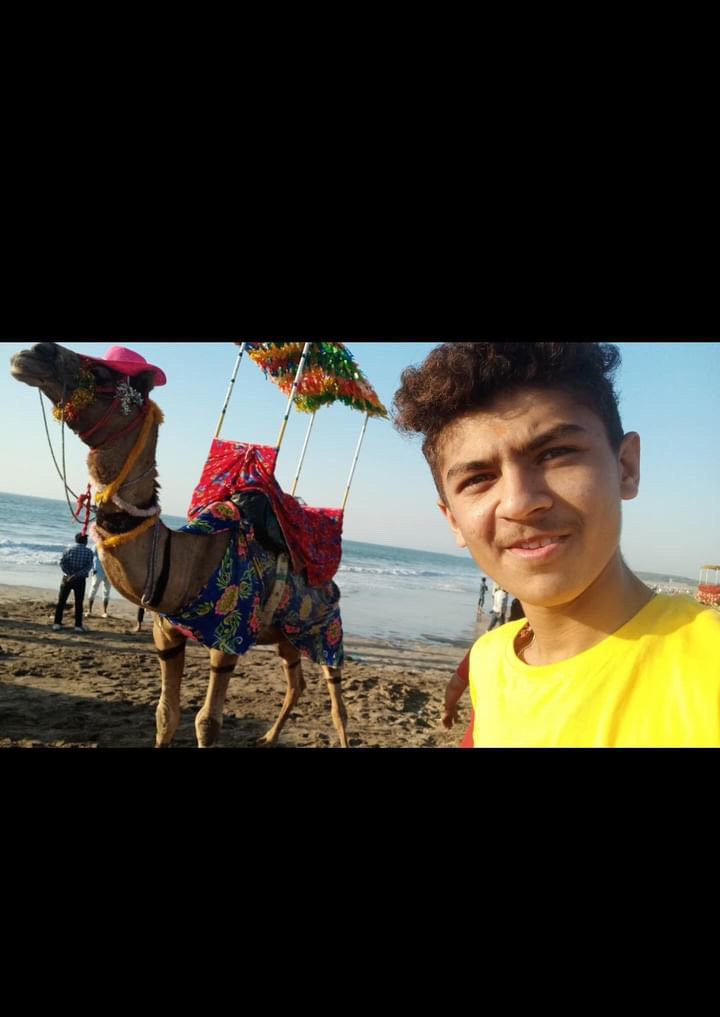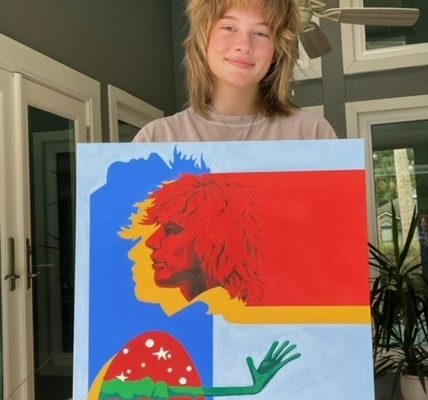By: Henry Weitz
In February 2025, Ponte Vedra High School (PVHS) confirmed their plans to replace the grass surface of the football field with artificial turf. PVHS broke ground in the Shark Tank on June 1st and began construction on the first turf field in the St. John’s School District.
The project cost one million dollars and according to PVHS Athletic Director Mike Harrison the sum was “district provided” by the St. Johns School District. The demolition of the grass field involved digging two feet under the playing surface in order to install a new concrete border before the turf installment begins. In 2008 the PVHS athletic field was built upon dense swamplands. This was problematic because the area in which the field was built allowed for no drainage, and during the beginning of the football season it rains just about every day. The opportunity to replace the surface of the field with turf was also an opportunity to fix the drainage problem that PVHS has had issues with for many years. Mr. Harrison says the reason for the switch was to increase “safety, playability, and heat resistance”.
A new field at PVHS presents many exciting opportunities such as increased durability and low maintenance, as well as consistent playability regardless of weather. Turf is much more durable than grass as it can withstand heavy use with little downtime, and is much more resistant to weather conditions. Grass can become uneven and develop divots when used time after time. Turf fields require minimal attention beyond the occasional rinsing or debris removal, unlike the traditional grass field which requires constant care including mowing, watering, fertilizing, weeding, and aerating. Not to mention that grass fields have to be painted for football yard lines and soccer goalie boxes but turf is just painted once and the color never fades. As for student opinion, Junior outfielder, Jack Sproull says “I prefer turf for my field because it gives me more speed on the field and it’s easier to slide on”. Synthetic turf consists of different types of turf pellets: silica sand, wonderfill, zeofill, greenplay, and crumb rubber. Sports turf is typically crumb rubber, which is made of ground-up tires. The turf fibers themselves are made from polyethylene, a very commonly used plastic. PVHS chose to supply the new field with organic infill pellets called brockFILL. BrockFILL is a durable, engineered wood infill similar to cork.
“I prefer turf for my field because it gives me more speed on the field and it’s easier to slide on”.
Jack sproull (11)
While artificial turf presents many benefits to PVHS, it also allows for multiple chemical health risks, an increase in non-contact injuries, and a high temperature retention rate. Polycyclic aromatic hydrocarbons (PAHs) are a common chemical compound found in artificial turf particularly in the rubber infill to simulate the soil on a grass field. According to a study by Oregon State University, PAHs can cause cancer while also damaging vital organs like the lungs, liver, skin, and kidneys after high-level exposure. Turf fields can result in injuries predominantly in the lower body usually in the knees or ankles. The National Football League Players Association said “players have a 28% higher rate of non-contact lower extremity injuries when playing on artificial turf”. Minor injuries like muscle or ligament sprains are common and ACL tears have seen an increase on turf fields as well. On a hot day, a turf field gathers large amounts of the heat and due to the rubber infill in the turf pellets most of the heat is trapped and stored. Temperatures can get as high as 150 degrees Fahrenheit, contributing to dehydration and even heat stroke. Junior wide receiver, Trey Smith, commented “I like grass more than turf because every time I get tackled [on turf] I get turf burns”. “Turf burns” are a common and painful consequence
Athletes adjust to grass versus turf fields by wearing different cleats and other protective wear to prevent from certain injuries. For grass fields, athletes typically wear spiked cleats to gain traction and stability on a surface that often is uneven with divots, but spikes allow for explosive movement while limiting stress on the lower body. Sophomore shortstop, Jackson Miller said “on turf I usually wear football cleats because they have better grip and they are lighter” and senior first basemen, James Salvati agrees “I make sure to keep my batting gloves on so I don’t burn my hands [when sliding]”.
The excitement of this addition is clear throughout PVHS and it will be interesting to see how the turf field will differ from the traditional grass as the season progresses through school football, soccer, and lacrosse.
Pictured: A nice view of the new turf field taken by Henry Weitz





